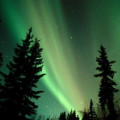Aurora Borealis and Aurora Australis
The beauty of the aurora inspires many phographers.
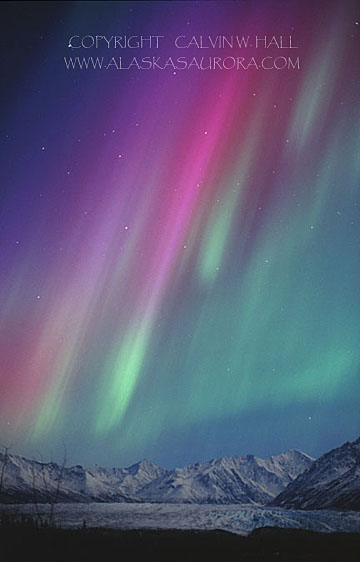
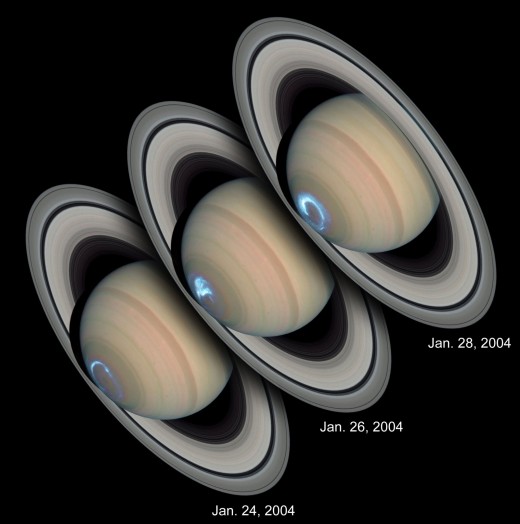
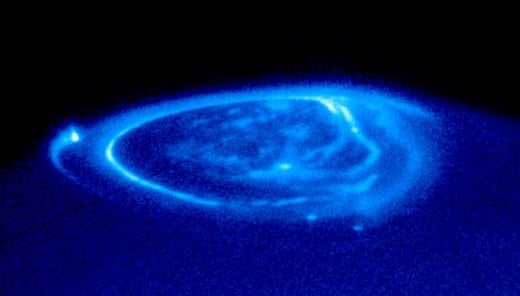
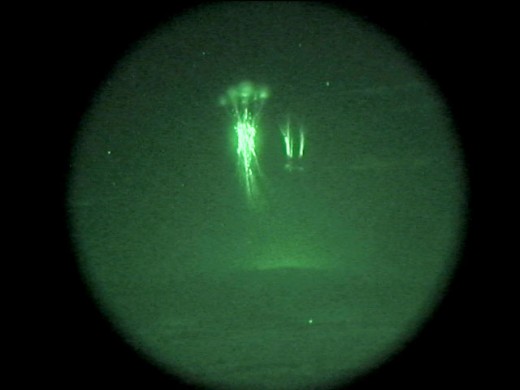
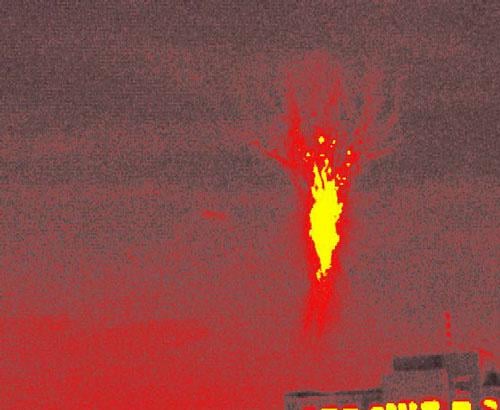
Understanding the Northern and Southern Lights
The eerie shimmering curtain of lights that glow in green, sometimes red and blue dancing in convoluted shifting curves through clear dark moonless nights has entranced humanity from the very beginning. Those who lived in the far north or south saw it more frequently than those near the equator. But displays near that region were not unheard of and they were seen as omens by those who witnessed them. Eskimos have tales concerning the Northern Lights, which were common to them. Today, our own awe and curiosity is as peeked by such as display as any Eskimo.
The Aurora Borealis and Aurora Australis have as their source, the same influence. That influence is the solar wind blowing past the Earth's geomagnetosphere and being dragged partially into the Polar Regions where the geomagnetosphere intersects the ionosphere. The Auroras have a cycle that matches closely to the solar cycle and spontaneous outbursts that emerge from the solar surface called Coronal Mass Ejections (CME). In either case, a flux of protons travels from the sun to the Earth and buffets the geomgnetosphere. Two things occur as a result. The resulting fluttering of the geomagnetosphere causes an electrical charge to build up from there to the surface of the Earth. The other effect is that protons get caught between the magnetic field lines of the geomagnetosphere and begin to travel from where they enter toward the magnetic poles where the geomagnetosphere intersects the ionosphere.
Superheated ionized hydrogen protons are constantly being ejected from the sun at various velocities. During a period of intense sunspot activity, they tend to be ejected more quickly. A CME will do the same thing. The protons are ejected from solar magnetic fields that snap when a magnetic pole reversal occurs and spews out trapped protons cycling within the lines. Hydrogen is diamagnetic, which means the protons are repelled by a magnetic field. Thus when sunspot magnetic fields snap, the protons are ejected at high speed. Most travel into interplanetary space without encountering a planet. Some encounter planetary magnetic fields and the result is the same for all planets with a magnetic field. Space probes have seen aurora on Jupiter, Saturn and Uranus. They have also been seen on Jupiter's moon Io, where they reach the surface of that moon. We are very familiar with aurora on Earth.
High speed solar winds cause the sunward side of the geomagnetosphere to flatten. When this occurs, a powerful electric field is induced. From the outermost reaches of the Earth's atmosphere, a phenomenon called sprites form and follow the path of least resistance to cloud tops in thunderstorms. From there, the clouds are charged and cloud to cloud lightning can occur and sometimes cloud to ground. Buffeting of the geomagnetopshere during a CME outburst has been known to supercharge power lines, causing a massive blackout and within oil and water pipelines, a burst in the line.
At these same times, the geomagnetosphere gets loaded with protons from the sun and these travel between the magnetic field lines until they reach the ionosphere near the Earth's magnetic poles. The protons traveling near the speed of light cause atoms in the ionosphere to fluoresce and glow in characteristic Fraunhoffer emission colors, green for nitrogen and red for oxygen. This will continue until the supply of protons is exhausted. As the geomagnetosphere is fluttering under the solar wind's influence, the light patterns seen between the magnetic field lines shift with the movement of the magnetic field lines. Depending on your location, you will see curtains, blotches of color and thin lines. Curtains are the fluorescing atoms seen from an angle. Blotches and patches are seen from almost side on. Lines mean you are right under the direction of travel and are seeing the aurora edge on. Some people see this position as the most dangerous one as you're right in line to the incoming radiation. The thickness of the lower atmosphere protects us considerably. The only danger comes when these are seen edge on from the peak of a high mountain where the atmosphere is thinner and the business end of the aurora is much closer.
Today, the gradual reversal of the geomagnetosphere is causing causing chaos in the entire field. Thus, it is not impossible to see regional and concentrated auroras occurring near the equator, or anywhere else where there are regional north and south magnetic poles. There are holes in the geomagnetosphere as seen from space, which means that the affected regions are no longer protected from solar or cosmic radiation. The protons from the sun can smash directly into the upper atmosphere and destroy ozone. It can contribute to the production of nitrous oxide. The result in this instance is the natural making or what appears to be brownish pollution. No aurora will occur in magnetic neutral regions, but there could be increased surface electrical phenomena.
Other than that, auroras are a wonder and beautiful to behold. Many people go out of their way to capture the elusive aurora with cameras and video, but this is tricky at the best of times. Living in the far north or south in a remote area helps as no artificial light interferes. These are also the best areas to see them. Alaska and Siberia boast the best views in the north and Antarctica in the south.




